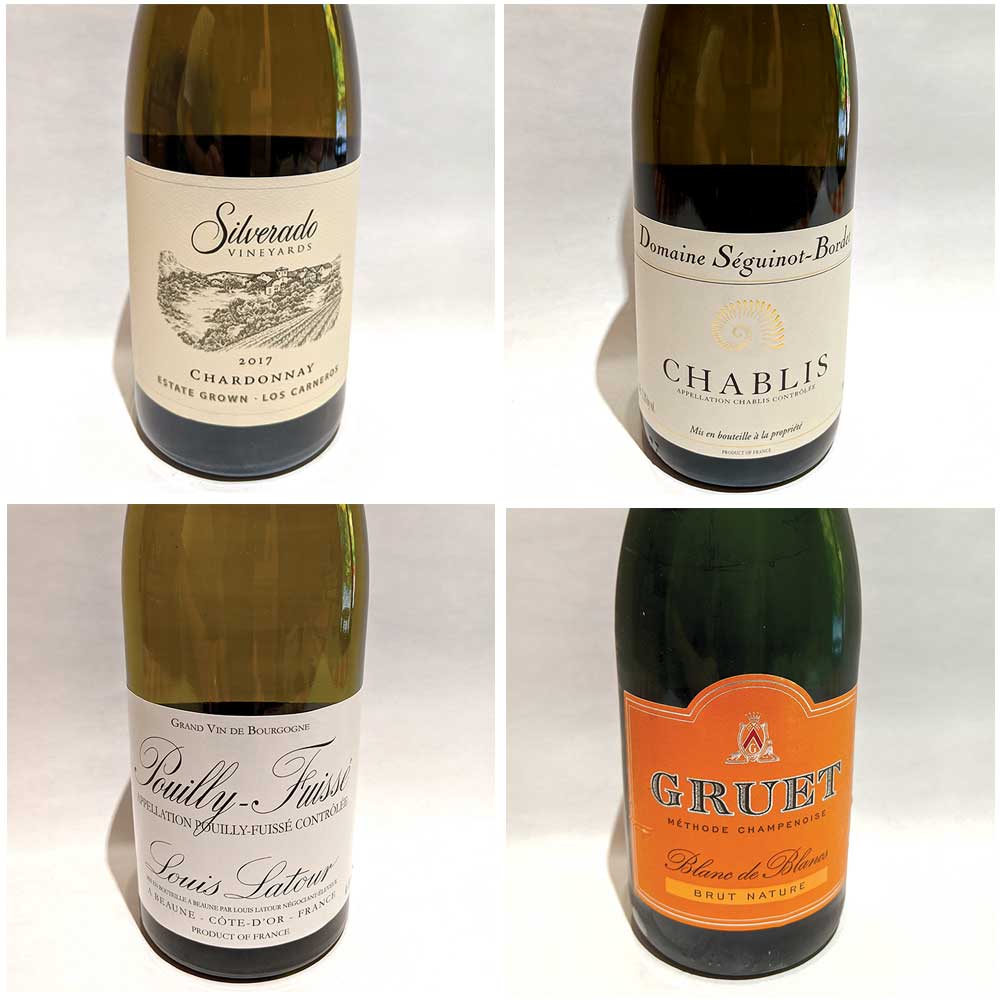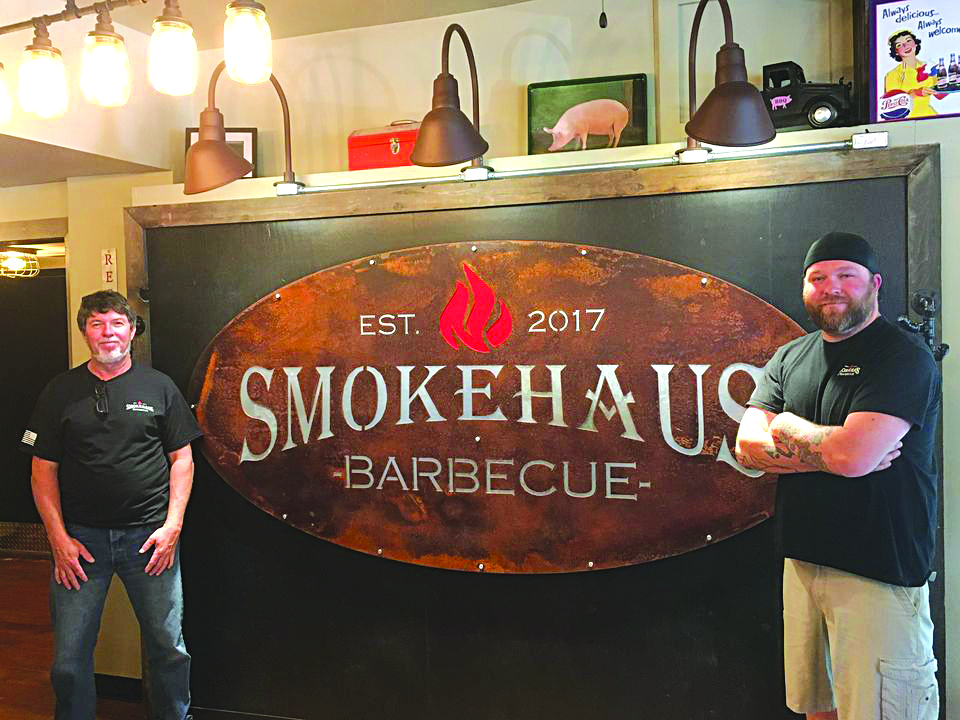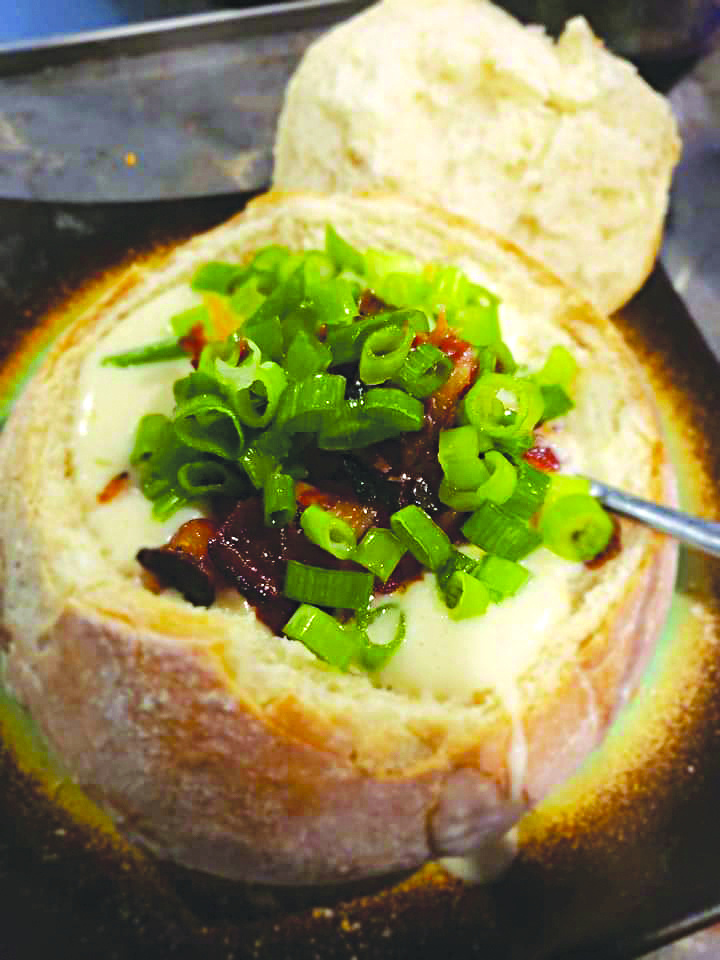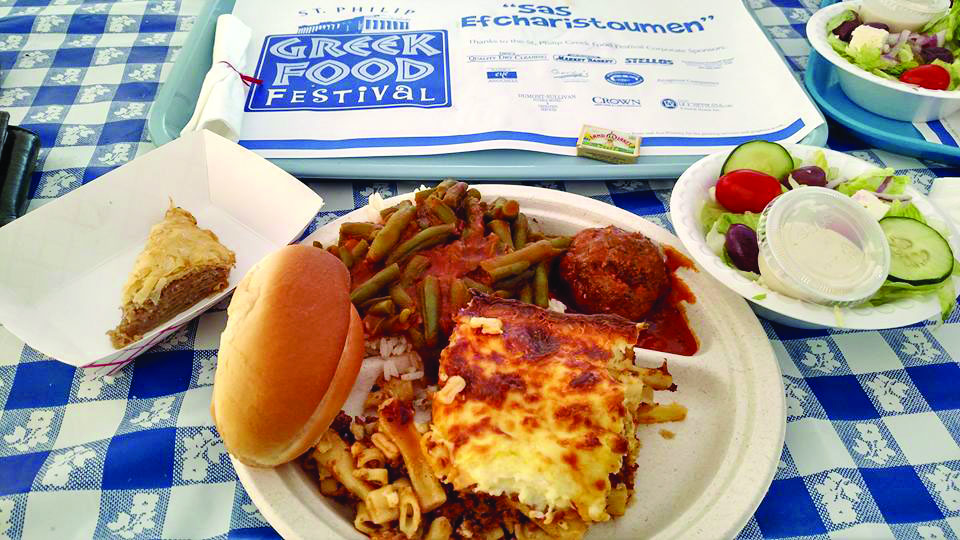Not all of these wines are buttery and oaky
“ABC: anything but chardonnay!” We have all heard it — a wine that is either loved or hated. But offer someone a glass of Champagne, and you get an entirely different response!
Grown in many different countries, the chardonnay grape may be considered the world’s most popular variety and perhaps the best and most versatile in terms of the array of wine produced. This grape produces a full-bodied, dry white wine, but its flavor varies dramatically from crisp and steely to intense and tropical, depending on where it is planted, and the wine-making techniques employed. The most intensely flavored examples come from California, Chile and Australia. In France, it is the main ingredient in the production of Champagne, and just south of the Champagne region, it becomes white Burgundy. France is known for Chablis, Meursault and Pouilly-Fuissé; in Austria, we find Morillon. It can be fermented briefly in stainless steel, oak and even in amphorae (clay, or concrete containers). In its various forms from still to bubbly, alone or paired to food it is consumed cooled, but not so cold as to lose its flavor. And, never ever with an ice cube unless it is poured into a punch!
Our first wine is a 2017 Silverado Chardonnay (originally priced at $34.99 and on sale at the New Hampshire Liquor & Wine Outlet at $19.99), an estate grown chardonnay from Los Carneros, a region just north of the San Pablo Bay that straddles Napa and Sonoma counties. The Carneros region benefits from hot days and cool nighttime breezes from the bay, producing this wine, a blend from two vineyards, that has complex citrus and tropical notes, along with apple and melon. The wine has a straw-yellow shade and is noted by the winery as 88 percent barrel-fermented in French oak and stainless steel before blending. This is a wine to be sipped or paired with chicken or fish.
Our second wine is from vineyards that are planted at 4,000+ feet high elevations in New Mexico. Gruet Blanc de Blancs Brut Nature (originally priced at $29.99 and on sale at the New Hampshire Liquor & Wine Outlet at $14.99) is a sparkling wine produced in the Méthode Champenoise manner, that is the same as how Champagne is made in France, a labor-intensive operation of double fermentation. Beyond the wonderful effervescence, the result is a wine that is completely opposite from the chardonnay discussed above. The color is the slightest of pale-yellow straw. To the nose it has notes of yeast, lemon and sweet toast. Across the tongue it is full with green apples and lemon zest. It pairs well with the fattiness of lobster and can double as a dessert wine.
Our next two wines are from France. The Maison Louis Latour 2018 Pouilly-Fuissé (originally priced at $24.99 and on sale at the New Hampshire Liquor & Wine Outlet at $20.99) is a Grand Vin de Bourgogne hailing from the south of Burgundy. Pouilly-Fuissé is the name of a village in the Mâconnais region producing this highly distinctive chardonnay borne from its limestone and clay fields. It has a green-gold color with aromas of melons and pears with the slightest hint of almonds. To the mouth it is full with dried apples along with a crisp acidity to the finish. This wine will pair well with shellfish and would do well alongside a charcuterie board.
The 2018 Domaine Séguinot-Bordet Chablis (originally priced at $29.99 and on sale at the New Hampshire Liquor & Wine Outlet at $26.99) is also a chardonnay, but from the Loire Valley in Burgundy, a region where the soils are chalky limestone and full of seashell fossils. These soils impart a minerality not found in the other chardonnays. The climate and the unique soils of this region produces a wine that cannot be produced anywhere else. Its color is yellow gold with a hint of green. The nose is bright and with citric and floral notes which carries through to the mouth. It has a refreshingly unique presence!
Thus, the chardonnay grape above many other grapes proves to be incredibly versatile and nothing short of a chameleon depending on where it is grown or how the winemaker uses it to produce a wide palette of flavors to tease our senses.
Featured photo: Courtesy photos






